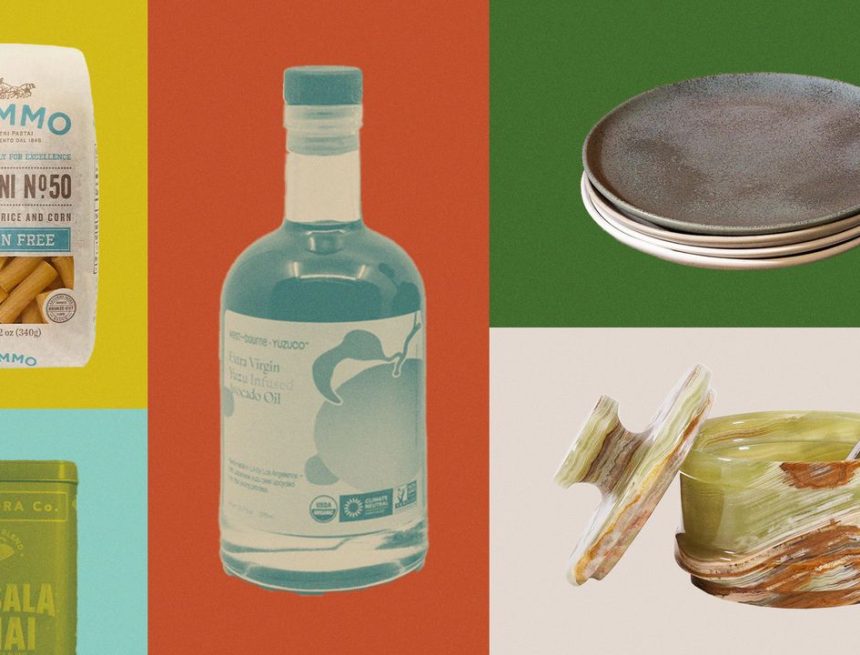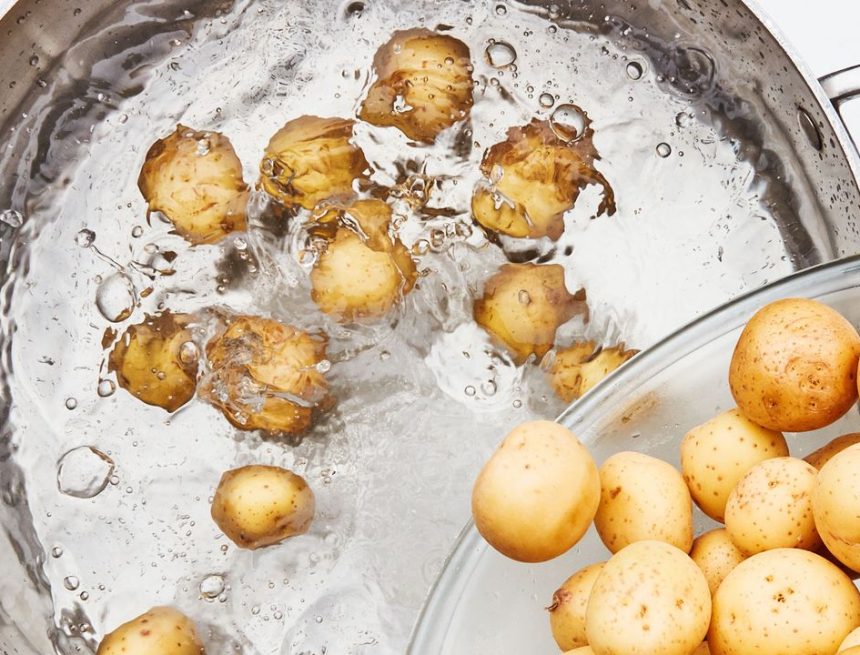Cast-iron skillets are heavy-duty kitchen heroes, but they only perform at their best if they’re properly cared for. Once you know how to season a cast-iron skillet (or Dutch oven, or griddle pan)—and how to keep that patina in good shape—you’re on your way to a lifetime of use.
While the cast-iron seasoning process is more complicated than maintaining other cookware like carbon-steel pans or stainless-steel ones, don’t stress. One of the best things you can do for your cast iron is to simply use it frequently (London broil, anyone?). Each time you cook with it, you’ll build up another protective layer of fats that’ll further support your pan’s longevity. Eventually, your skillet should develop a satisfying glassy finish, the ultimate sign of seasoning success. But before you start greasing up your grandma’s hand-me-downs, it’ll help to understand a bit of the science behind seasoning.
In this article
What is seasoning?
First, let’s clear one thing out of the way. Despite the name, seasoning isn’t about adding flavor. If your pan is changing the taste of your food, it means it’s time to clean it.
Seasoning refers to the layer of polymerized fat bonded to the surface of a cast-iron pan. When you heat fat in non-enameled cast iron over high heat, the fat molecules attach to the pan and transform into a hard surface. This layer serves a few purposes: it prevents rust and corrosion by protecting the pan against moisture and oxidation, and it creates a nonstick surface that makes cooking and cleanup easier.
Seasoning develops and improves over time, which is why you always hear people talking about how amazing their grandma’s old Griswold is. A well-seasoned cast-iron pan is arguably the best nonstick pan out there.
How to season your cast-iron pan
1. Clean it first (if it’s not new)
Starting with a clean cast-iron pan is a must:any residue left on the surface will fossilize between layers of seasoning, creating an uneven surface and damaging the pan’s nonstick properties. Sometimes all you need is a swipe with a kitchen towel, but for more stubborn messes, use mild soapy water (yes, you can use dish soap!), and a stiff brush or scrubber that won’t scratch away the cooking surface. Follow our step-by-step guide to cleaning cast iron, including drying it completely over low heat. For stuck-on crud, scrape with a flat spatula; your pan can handle it. Never put a cast-iron pan in the dishwasher or leave it submerged in the sink. (Remember: water is the enemy of cast iron cookware.)
2. Oil the entire pan
Once the pan is clean, use a kitchen or paper towel to coat it with a thin layer of oil (emphasis on thin). Use a neutral oil, like grapeseed, canola, or vegetable oil; fats with a high smoke point work better than something more delicate, like olive oil or flaxseed oil. Some cooks like to use Crisco for this process, making it easier to see the coating; others often use rendered lard, something we don’t recommend if you plan on cooking for vegetarians.


